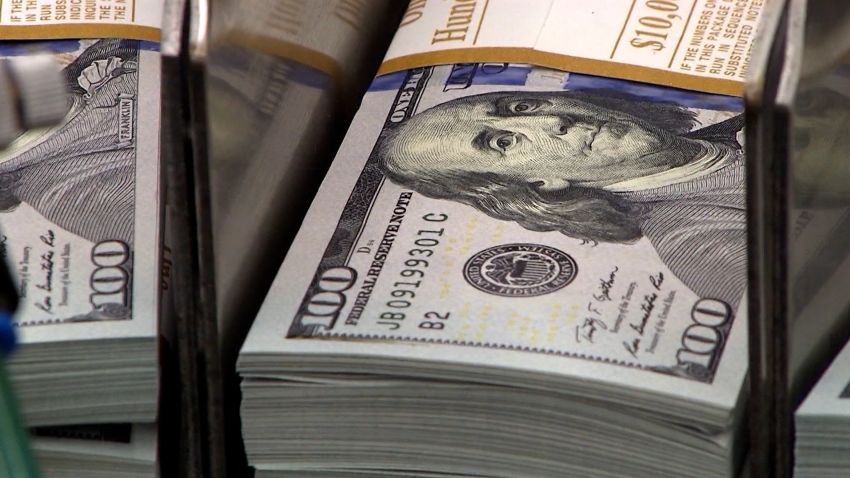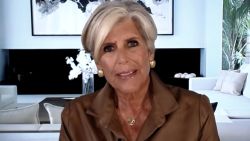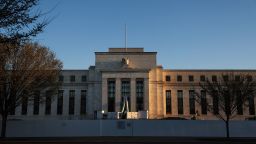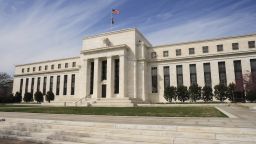The Federal Reserve raised interest rates by a quarter point on Wednesday as it attempts to fight stubbornly high inflation while addressing risks to financial stability.
Investors and economists had widely anticipated the quarter-point increase despite the meltdown in the banking sector.
Still, Federal Reserve Chairman Jerome Powell and policymakers entered their second policymaking meeting of the year surrounded by an unusual level of uncertainty as the landscape surrounding the financial system continues to shift.
The central bank’s mission in battling inflation became much more difficult over the past few weeks as the collapse of several banks meant the Fed had to balance a potential financial crisis alongside high inflation and a tight labor market.
In a statement released at the conclusion of the meeting, Fed officials acknowledged that recent financial market turmoil is weighing on inflation and the economy, though they expressed confidence in the overall system.
“The US banking system is sound and resilient,” they wrote in their policy statement on Wednesday. “Recent developments are likely to result in tighter credit conditions for households and businesses and to weigh on economic activity, hiring and inflation. The extent of these effects is uncertain.”
The Committee, they said “remains highly attentive to inflation risks.”
The banking chaos has stoked fears not just that the central bank could overcorrect the economy into recession but that it could trigger more bank failures, and prominent economists have urged the Fed to pause rate hikes.
That’s partially because rate hikes have undermined the value of Treasuries and other securities, a critical source of capital for most US banks. When Silicon Valley Bank was forced to sell those bonds quickly at a substantial loss, the bank ran into a liquidity crisis and collapsed.
“The Fed’s in a bit of a bind,” former New York Fed President Bill Dudley told CNN. “On the one hand, they should keep tightening because inflation is still too high and the labor market is too tight. On the other hand, they want to make sure they don’t do anything to exacerbate the stress on the banking system,” he said. “There’s not really a right solution.”
Nine straight rate hikes
Still, policymakers made their decision and hiked rates for the ninth consecutive time. They raised overnight lending rates to a range of 4.75% to 5%, their highest level since September 2007. That sends a clear message that restoring price stability remains a top priority.
The decision to raise rates by a quarter point was unanimous. No policymaker has voted against a decision since June last year.
Policymakers also released their rate projections for the first time since December.
Projections fell largely in line with previous forecasts. The Federal Reserve still expects to bring the interest rates 5.1% by the end of 2023, which means that they expect one more quarter-point rate hike before they pause.
Officials did indicate, however, that interest rates will likely remain higher for longer as they brought their projected Federal funds rate up to 4.3% from 4.1% in 2024.
In March, Powell indicated that interest rates could move higher and stay there for longer than previously expected, but current financial conditions could indicate less need to hold rates higher in order to cool the economy and bring down inflation.
Fed officials are now projecting deeper cuts to the economy over the next two years.
Real GDP — a widely used measure of the economy — is forecast to grow by 0.4% this year, down from earlier projections of 0.5%. In 2024, officials project that the economy will grow by 1.2%, a cut from the 1.6% they projected in December.
Fed policymakers also forecast that unemployment would drop lower than previously expected by the end of the year, to 4.5%, from the projected 4.6% in December.
Inflation, meanwhile, could remain higher than expected, with Fed officials projecting that PCE inflation, its preferred gauge, could tick up this year to 3.3% from the previously forecast 3.1%.
























